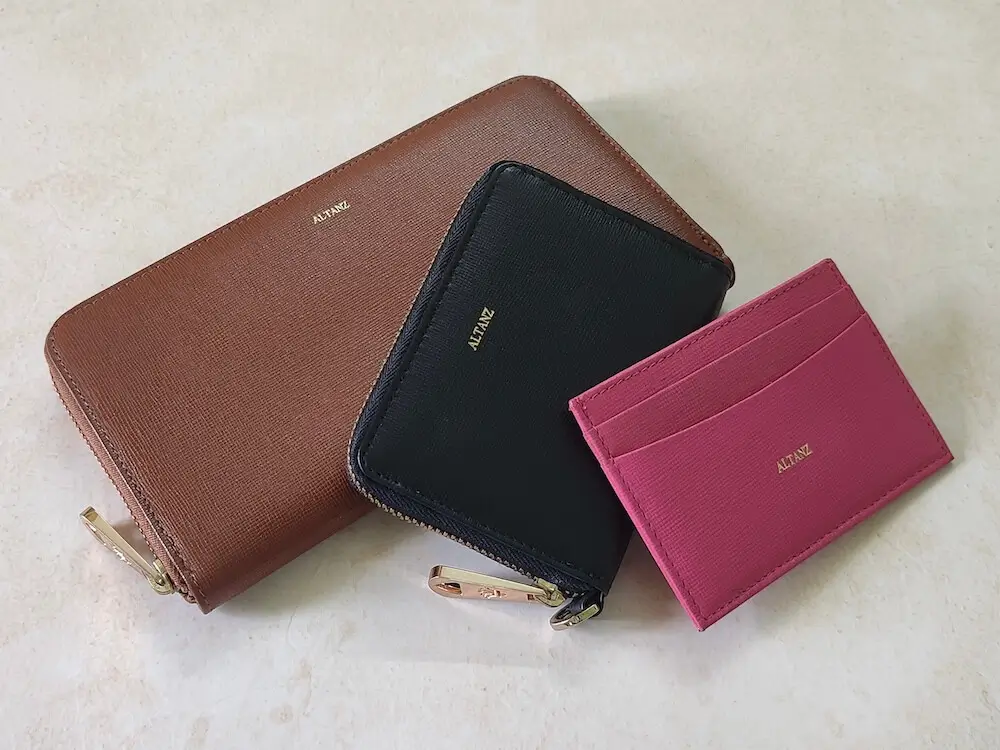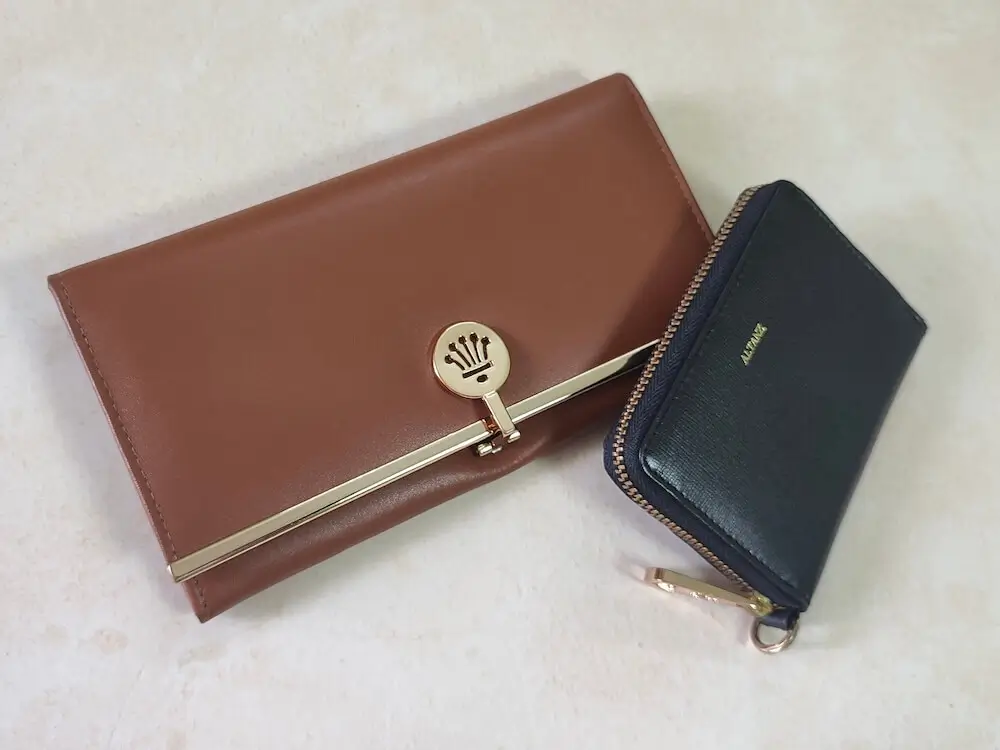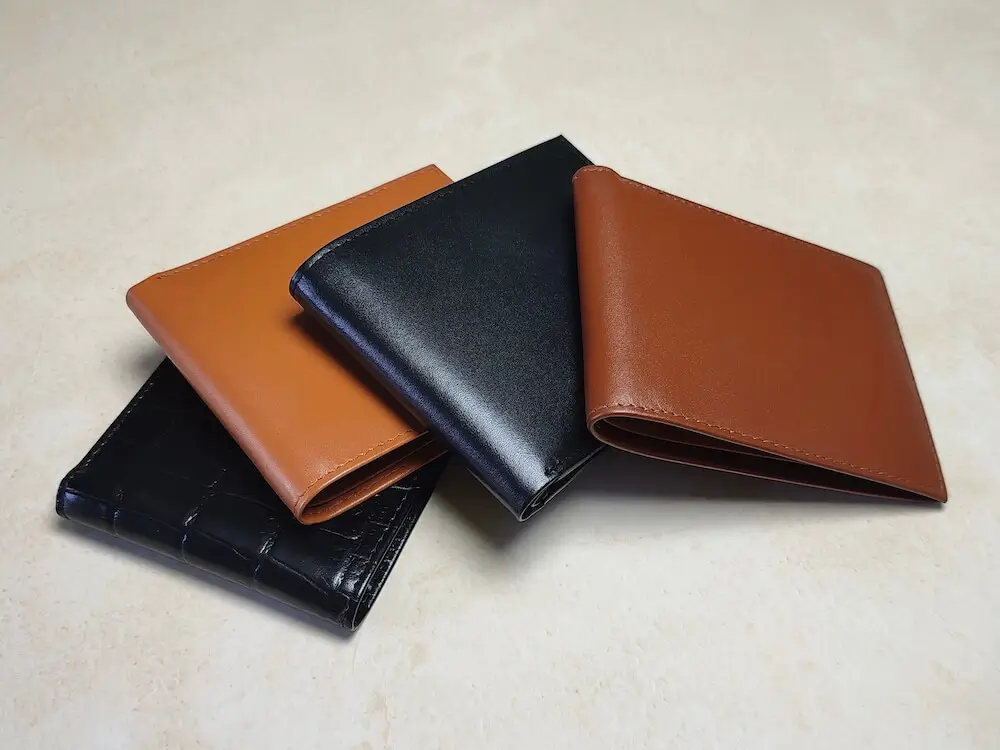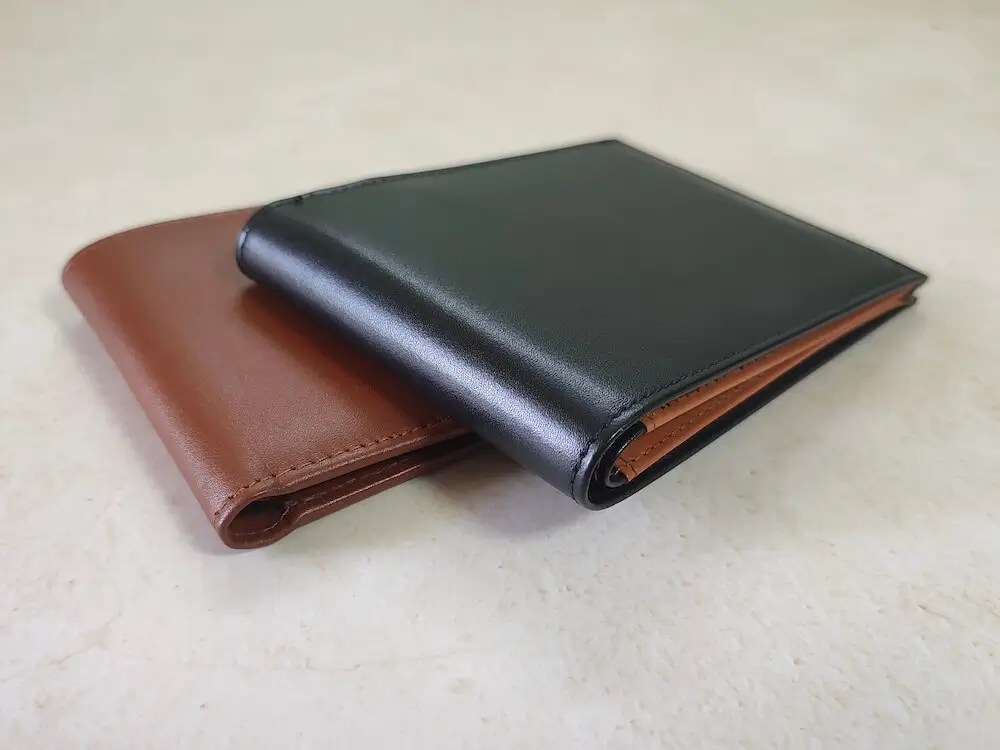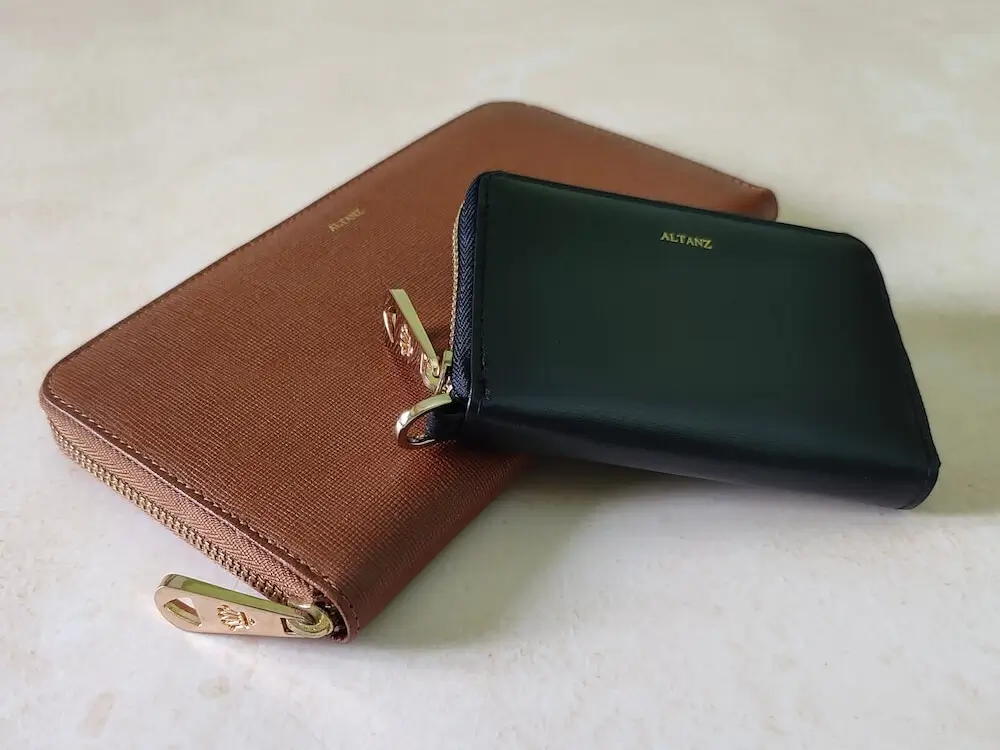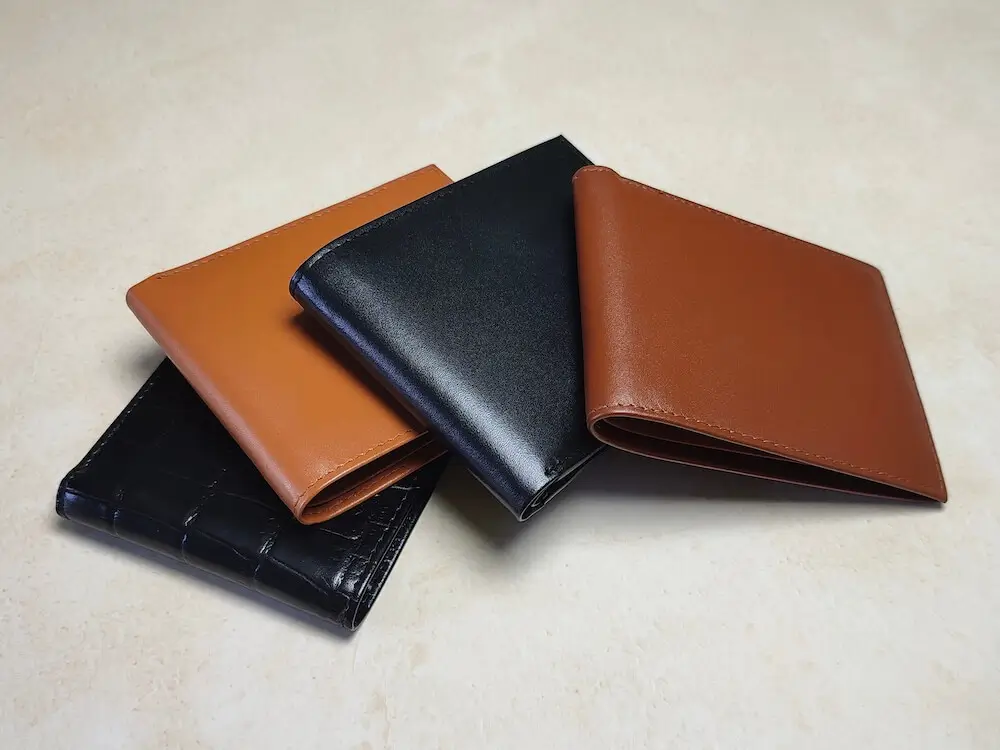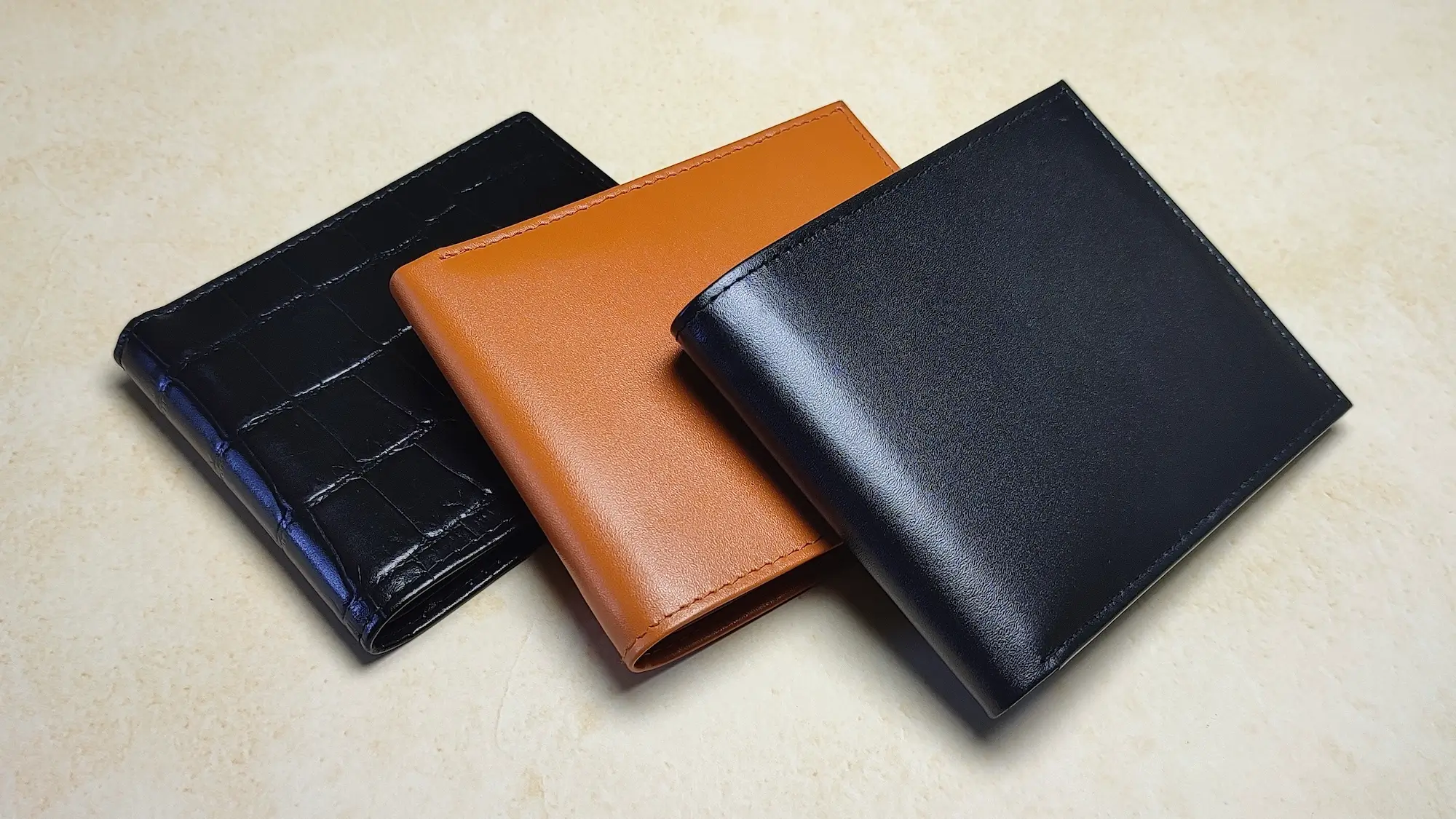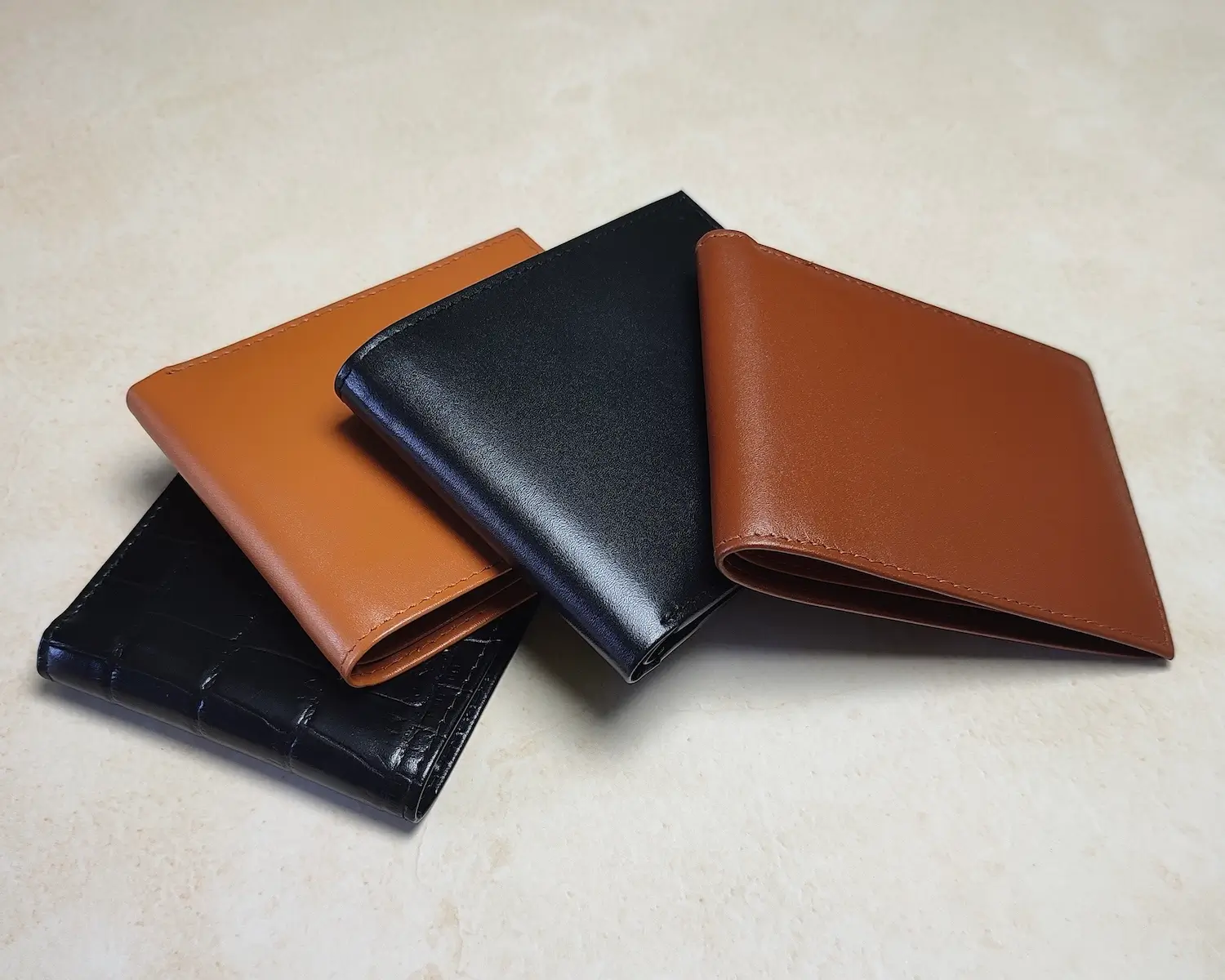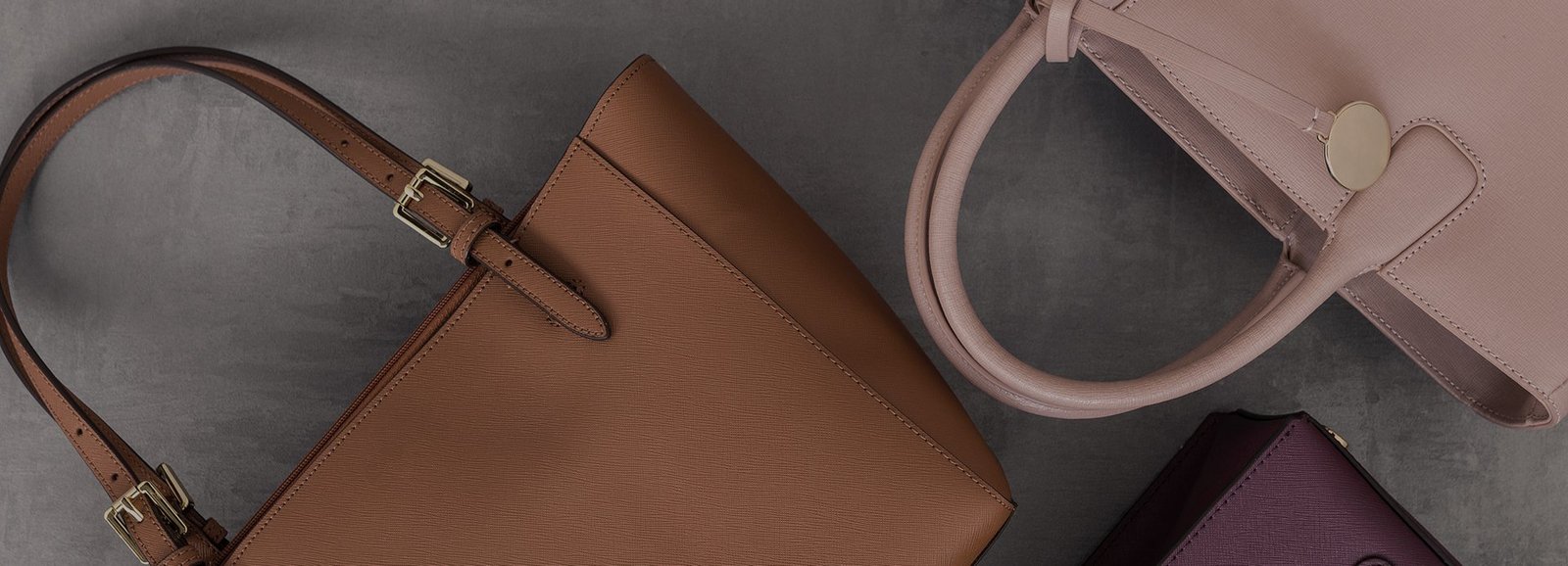Craftsmanship & Heritage
Understanding Leather Patina: A Comprehensive Guide for Leather Lovers
Introduction
For leather enthusiasts, patina is more than just a sign of wear—it’s a testament to the material’s natural beauty and enduring quality.
This guide delves into the fascinating world of leather patina, explaining how it forms, why it’s cherished, and how to care for it to maximize its appeal.
What Is Leather Patina?
Leather patina refers to the natural aging process that enhances the material’s appearance over time, giving it a unique and distinguished look.
Definition of Patina
Patina is the gradual change in leather’s surface caused by exposure to light, air, and daily use:
- Aging with Grace: Unlike deterioration, patina enriches the leather, adding depth and character.
- A Mark of Quality: Only high-quality leather, such as full-grain and vegetable-tanned types, develops an authentic patina.
Characteristics of Patina
Patina manifests in several visually appealing ways:
- Sheen: A glossy surface develops from oils and regular handling.
- Rich Color Changes: Lighter leathers darken, while darker leathers gain depth.
- Unique Patterns: Scuffs, marks, and creases add individuality to each piece.
Why Patina Is a Sign of Quality
The ability to develop patina is exclusive to premium leather:
- Natural Composition: Full-grain and vegetable-tanned leather retain their original fibers, allowing them to age beautifully.
- Authenticity: Patina distinguishes genuine leather from synthetic or lower-grade materials.
How Does Patina Form on Leather?
Patina results from the interplay of environmental exposure and regular use, creating a rich tapestry of aging effects.
Environmental Factors
Everyday environmental elements contribute to patina development:
- Sunlight: UV exposure gradually darkens leather, especially vegetable-tanned varieties.
- Air and Moisture: Interaction with oxygen and humidity alters leather’s tone and texture.
- Natural Elements: Rain, dirt, and temperature changes subtly shape the leather’s surface.
Everyday Use and Wear
Daily handling and usage are key drivers of patina formation:
- Oils from Skin: Natural oils transfer from your hands, conditioning the leather and creating a polished sheen.
- Friction: Rubbing against clothing, surfaces, or other objects results in unique wear patterns.
- Usage Patterns: Items like wallets and bags develop personalized patinas based on how and where they’re used.
Types of Leather That Develop Patina
Not all leather is capable of forming patina:
- Full-Grain Leather: The least processed leather, known for developing the richest patina.
- Vegetable-Tanned Leather: Responds beautifully to light and moisture, creating warm, golden hues.
- Exotic Leathers: While subtler, crocodile, ostrich, and similar leathers gain unique aging effects.
The Beauty of Patina Across Different Leather Types
Patina doesn’t just enhance leather—it tells a story, with each type of leather offering distinct aging characteristics.
Full-Grain Leather Patina
Full-grain leather showcases the most dramatic and appealing patina:
- Natural Imperfections: Marks and scars become highlights of the leather’s authenticity.
- Durability Meets Character: The toughest leather gains depth and softness over time.
Vegetable-Tanned Leather Patina
Vegetable-tanned leather is prized for its warm and transformative patina:
- Rich Color Changes: Light tan shades evolve into deep caramel or honey tones.
- Sunlight Effects: Exposure enhances the leather’s natural glow, making each piece truly unique.
Exotic Leather Patina
Exotic leathers develop more subtle patinas, offering understated elegance:
- Crocodile and Alligator: Gain a soft sheen that enhances their textured patterns.
- Ostrich and Stingray: Subtle deepening of hues and added polish over time.
Why Leather Patina Matters to Enthusiasts
Patina represents more than just visual appeal—it reflects the essence of quality leather and the stories it carries.
Aesthetic Appeal
Patina transforms leather into a piece of art:
- Unique Aging: No two items age the same, making each piece one-of-a-kind.
- Sophisticated Look: A well-patinated leather piece exudes elegance and character.
Emotional Connection
Leather with patina becomes deeply personal:
- Tells a Story: Each scuff, scratch, and shine carries memories of its use.
- Sentimental Value: Heirloom leather items are treasured for their patina’s connection to loved ones.
Longevity and Character
Patina showcases leather’s resilience:
- Aging Beautifully: Unlike synthetic materials that deteriorate, leather improves with time.
- Character-Rich Durability: Patina highlights the longevity and premium quality of the leather.
How to Enhance and Maintain Patina
Patina is a natural process, but with proper care and a few tips, you can encourage its development while ensuring your leather remains in excellent condition.
Regular Cleaning and Conditioning
Consistent maintenance helps keep leather clean and nourished without interrupting the patina process:
- Clean Gently: Use a damp cloth to remove dirt and debris, avoiding harsh chemicals that can strip the leather.
- Condition Periodically: Apply a leather conditioner every few months to maintain suppleness and protect the surface.
Avoiding Over-Treatment
While care is essential, too much intervention can hinder the natural aging process:
- Minimal Products: Overuse of waxes or polishes can prevent patina from forming naturally.
- Let It Breathe: Allow leather to interact with its environment, as exposure to light, air, and use accelerates patina development.
Encouraging Patina Development
If you want to speed up the patina process, try these tips:
- Frequent Use: The more you handle and use your leather item, the faster it will develop a patina.
- Sunlight Exposure: For vegetable-tanned leather, moderate sunlight can deepen its color beautifully.
- Avoid Harsh Environments: While controlled exposure to elements enhances patina, excessive water or extreme heat can cause damage.
Common Misconceptions About Leather Patina
Despite its popularity among leather enthusiasts, there are several myths and misunderstandings about patina.
Patina vs. Damage
Patina enhances leather, while damage diminishes its quality:
- Patina: Adds beauty through gradual changes like a sheen or deepened color.
- Damage: Includes cracks, tears, and stains that weaken the leather.
Understanding this distinction ensures you appreciate patina while avoiding neglect.
All Leather Doesn’t Patina
Not all types of leather can develop patina:
- Full-Grain and Vegetable-Tanned Leather: Capable of aging naturally and beautifully.
- Corrected-Grain and Synthetic Leather: Lack the natural fibers required for authentic patina.
Maintaining Patina Doesn’t Mean Neglect
Caring for leather is vital to ensuring its longevity and the quality of its patina:
- Proper Care: Regular cleaning and conditioning protect the leather without halting patina development.
- Balanced Approach: Neglect can lead to irreversible damage, while gentle care allows for controlled aging.
FAQs About Leather Patina
-
What is leather patina, and how does it form?
Leather patina is the natural aging process that enhances the surface of leather over time, caused by exposure to sunlight, air, and oils from handling. -
Which types of leather develop the best patina?
Full-grain and vegetable-tanned leather are ideal for patina development due to their natural composition and minimal processing. -
Can synthetic leather develop patina?
No, synthetic leather lacks the natural fibers necessary to form patina and typically deteriorates rather than ages gracefully. -
How can I care for leather while encouraging patina?
Clean gently with a damp cloth, condition periodically, and use your leather items frequently to allow natural wear and exposure. -
Is patina considered a flaw in leather?
Not at all—patina is a desirable feature that reflects the quality of leather and adds character, making each piece unique.
Conclusion
Leather patina is a testament to the enduring beauty and authenticity of high-quality leather. As the material ages, it gains a unique character, showcasing its journey and the stories of those who use it. From the rich tones of vegetable-tanned leather to the soft sheen of full-grain, patina transforms leather into a truly personal and timeless accessory.
By understanding how patina forms and maintaining a balanced approach to care, you can enjoy the evolving elegance of your leather items for years to come. For leather lovers, patina is more than a feature—it’s a celebration of the material’s natural charm and lasting appeal.
FAQ : Frequently Asked Questions
Understanding Leather Patina: A Comprehensive Guide for Leather Lovers
Answer:
Leather patina is the natural aging process that enhances the surface of leather over time, caused by exposure to sunlight, air, and oils from handling.
Answer:
Full-grain and vegetable-tanned leather are ideal for patina development due to their natural composition and minimal processing.
Answer:
No, synthetic leather lacks the natural fibers necessary to form patina and typically deteriorates rather than ages gracefully.
Answer:
Clean gently with a damp cloth, condition periodically, and use your leather items frequently to allow natural wear and exposure.
Answer:
Not at all—patina is a desirable feature that reflects the quality of leather and adds character, making each piece unique.


